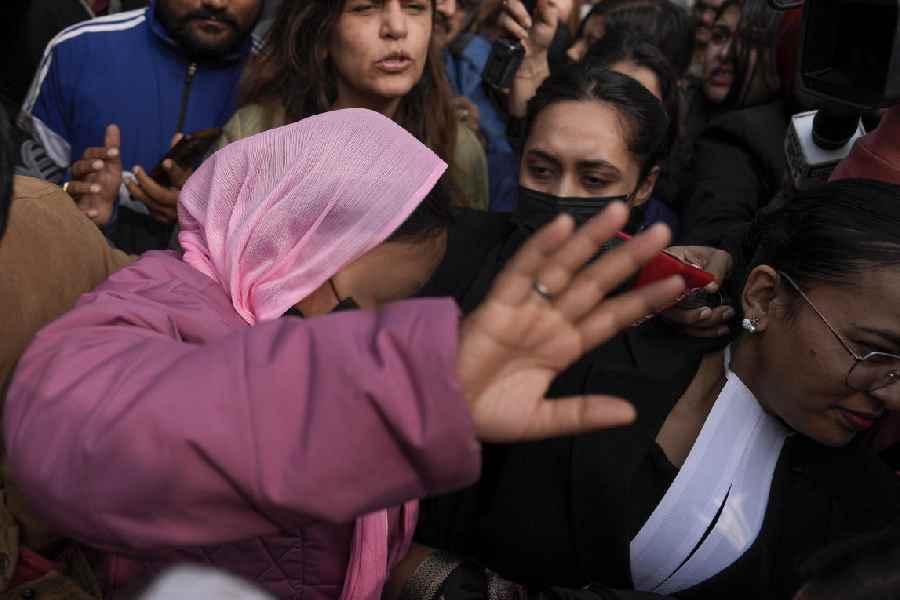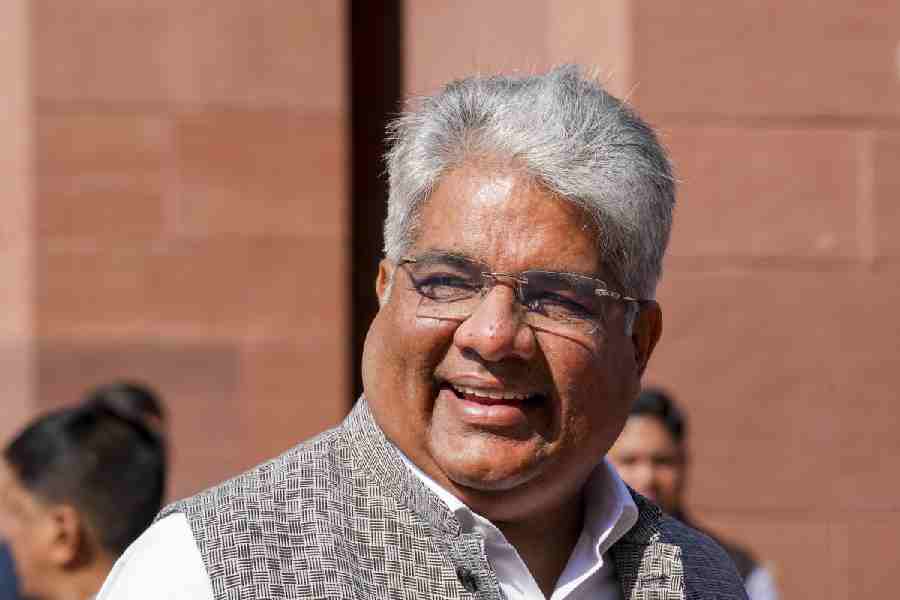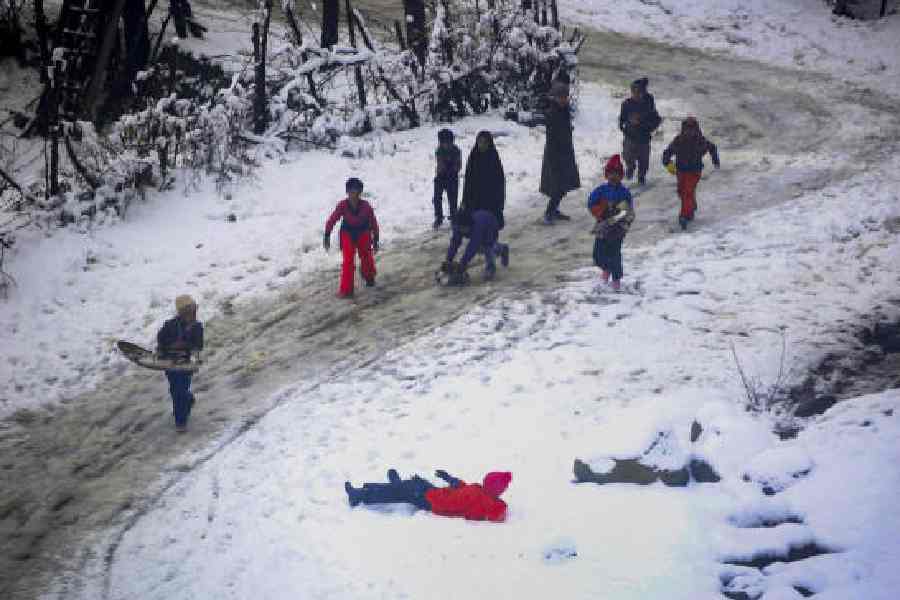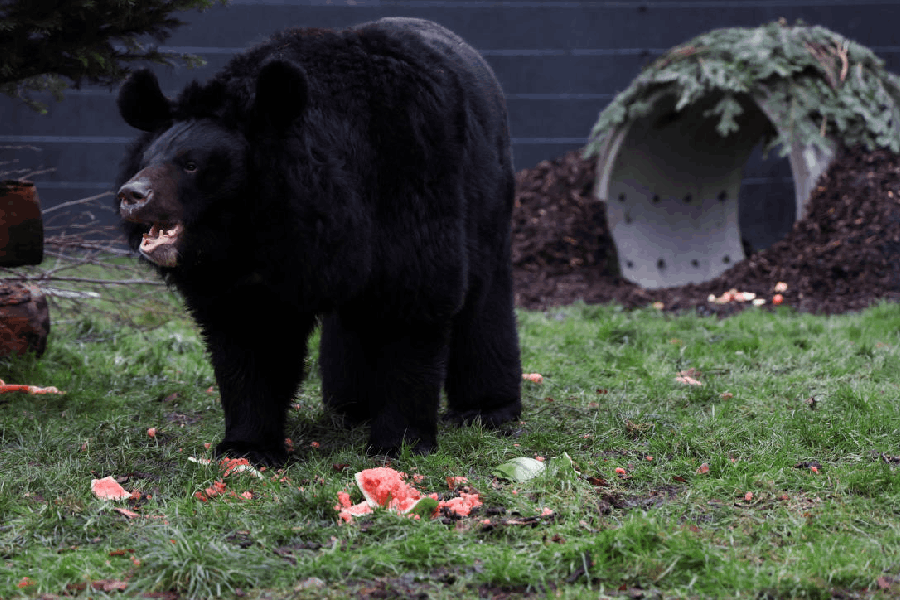 |
| Ducks being carried away from homes for culling. (Pradip Sanyal) |
Calcutta/New Delhi, Jan. 27: The state today blamed the Centre for not warning it about the avian flu threat to backyard poultry when several districts in neighbouring Bangladesh were reeling under the outbreak.
“We have followed all instructions laid down by the Centre. They (central officials) had told us to keep a strict vigil on organised poultry farms but we did not realise the threat to backyard poultry,” animal resource development minister Anisur Rahman said today.
However, one of the first places to be confirmed with bird flu was his department’s farm in Balurghat, South Dinajpur.
Senior central government officials said the plight of Southeast Asia and Bangladesh had revealed the vulnerability of backyard poultry to H5N1 long before the virus had struck Bengal and technical staff in the state should have been aware of the threat.
“We’ve not made any distinction between vulnerability of poultry in organised farms and backyard farms,” an official said.
“But it is sometimes harder to recognise unusual mortality in backyard poultry.”
According to experts, the state authorities should have been extra vigilant in regions where backyard poultries are common.
In July 2007, the Union animal husbandry department had called a meeting in Calcutta where animal husbandry authorities from all eastern and north-eastern states had been warned about the outbreak in Bangladesh and the threat it posed to India.
Many of the 64 outbreaks that Bangladesh has experienced since early 2007 affected backyard poultry.
Rahman claimed that the state government had been alert. “Central and state teams had jointly surveyed the border areas and also the organised poultry farms.”
He added that poultry samples were sent for tests whenever bird deaths were reported in the past nine-ten months. “Over 3,500 samples had test-ed negative for bird flu until mid-January.”
“The Government of India had said it was satisfied with our measures. Earlier, it had announced that the country was free of the bird flu virus,” the minister added.
State health minister Sur- jya Kanta Mishra said the Centre should compare the gene-tic sequences of the H5N1 viruses detected in Bengal and Bangladesh. “We’ve asked the Centre to seek the gene sequencing of the virus from that country. Exchanging information will be of mutual benefit in fighting the virus,” Mishra said.
An analysis of the genetic sequence of the virus may yield information about its likely origins and help determine whether it has been spreading despite the ban on poultry movement, a senior scientist said.
The High Security Animal Disease Laboratory in Bhopal is expected to sequence the Bengal virus, though when this will be completed is not yet known. The laboratory has its hands full testing samples of dead poultry.
Scientists hope to use gene sequence information to determine whether the virus originated from across the border in Bangladesh or slipped into Bengal through some other route.
But the scientists would need the complete sequence data on the virus in Bangladesh to make such a comparison. “Right now, we do not have the Bangladesh sequence, but we are going to request them for this information,” said animal husbandry commissioner Shantanu Bandopadhyay.
The genetic analysis of the H5N1 virus that struck Maharashtra in 2006 had helped scientists show that it had broken out separately in Jalgaon district and Nandurbar.
The study had also indicated that the virus came from West Asia, possibly through migratory birds. But its exact route of entry remains unknown even today.










